Managing Housing For The Homestead Menagerie
By Nikki Alvin-Smith
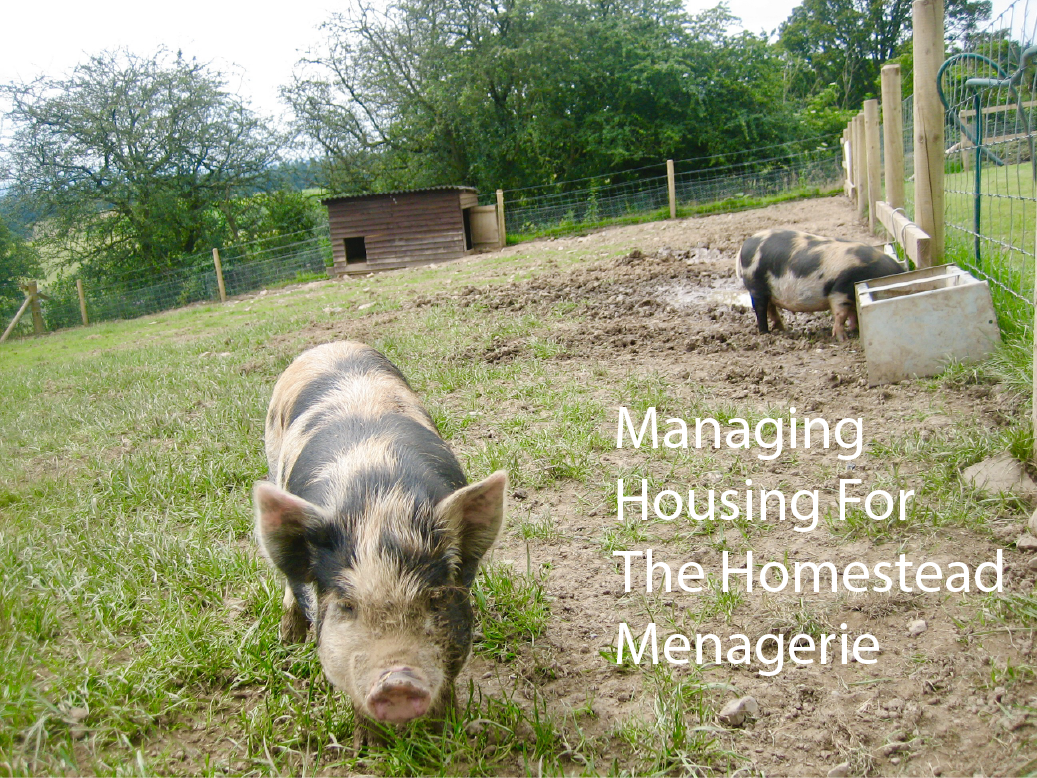
The enjoyment of the homestead life with a level of self-sufficiency and old-fashioned hard work has gained significant popularity in recent years. Given current world events of supply chain and water issues, there is little wonder that folks are looking for sustainable ways to protect their supply of fresh meat, vegetables, and dairy in their own backyards.
Along with ownership of the menagerie of animals that will live in the backyard comes the need for housing and shelter for their comfort and care. Some tasks on the farmette may be more arduous than others, but many can be made easier to complete and more cost efficient on bedding materials and labor by having the right structure in place to house the critters.
Modern day materials offer low maintenance requirements while prefabricated and modular builds that require minimal site prep with known costs known before purchase and an almost instant ‘home’ for whatever wee beasties need a house. Here are some pointers to help guide you on the adventure of homesteading and housing your menagerie.
Pigs and Rome
Keeping pigs is generally a profitable endeavor as the amount of meat a pig produces correlates favorably with the limited amount of space in which it can be housed. Throughout history large city populations have regularly been fed by nearby pork supplies.
Cities such as Rome, Italy, are well-known for their pork products and established menu of all things pig. This began due to the abundance of wild boar that roamed the hills around the city, and as pork became a delicacy and favored meat the advent of farming pigs became commonplace. The farmers in the surrounding countryside would take up the culling of wild boars and pig production with encouragement from the city councils. Notwithstanding the recent issue with African Swine Fever found in the wild boar population in that region, the production of pigs in the region is still prevalent.
In the world of homesteading, the pig represents not just an abundance of meat. Their ability to produce large litters means that the drift, drove, passell, team or herd of pigs/swine/hogs – however you choose to address them, can quickly be developed. Added bonus, the pigs can be fed from table scraps and other leftovers that a farmstead regularly produces and will chew down brush and other undesirable plant life on the property spreading manure as they go.
Housing pigs requires a sturdy structure. In Europe it is common to see concrete or stone used for enclosures. Pigsty designs should always include a solid barrier to deter their escape. Remember pigs love to dig so the floor needs to be solid too. Gates, boards, electric wire are often used to confine the pigs. Bu they also need some form of minimal shelter where they can huddle to keep warm and dry during adverse weather.
A combination set up within a barn may offer housing for pigs alongside other animals. But remember that pigs do have their own distinct odor, and smells travel. So housing them separately to the other animals may be a good idea.
Pigs are not tall and theoretically a small A-frame or igloo style structure may suffice for shelter. Pigs will happily huddle together for warmth. However, this type of housing does not make clean out easy as there is no standing room for human caregivers or access for a tractor bucket to sweep in and pick up manure laden beds of straw or shavings. It will indeed become a true pigsty! Unless the igloo or small hut can be picked up and moved, in which case the pig will most likely inadvertently take care of moving it around itself.
A small shed structure set within a well-fenced area can be an ideal pigsty. The interior walls can be protected from abuse with a knee wall or kickboards composed of large dimensional lumber much as in a horse stall design, doors or gates or windows can be grilled to allow fresh air and assure good ventilation and passive airflow encouraged with open soffits, ridge vents and gable vents. A double wide door that can be opened to the outside or a sliding door can facilitate access for a tractor bucket for easy clean up. The floor should be concrete, that may be rubber matted for the comfort of the animal.
Goats, Cows, Sheep and Managing Milking
Sitting on a three-legged stool milking the family dairy cow, Jersey, Guernsey, or other cream milk delightful bovine producers is not easy. It is both back breaking and uncomfortable, the stool is easy to fall off and you are always in the kick zone. Goats are not very tall and milking them with the same method is also not a sustainable activity. Especially when the goat herd population is a large one.
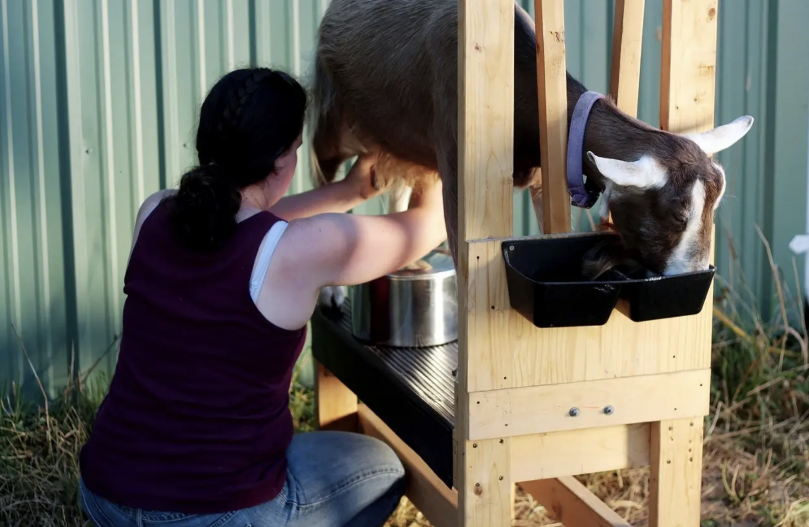
Whether or not you opt for hand or machine milking, the routine of cleansing the udder, milking out the udder and staying safe throughout the process is much easier if there is a raised platform on which the animal can stand for the procedure.
Cows are of course heavy, can be recalcitrant when it comes to walking up a hill or incline and can be harder to train to stand still without some form of gating or substantial permanent chute or stanchioned parlor to contain them. Concrete floors are a must have simply to take the weight.
British milking parlors offer a great solution to the problem with their excavated concrete centers with milking stanchions on ground level. Cows simply walk in and out for milking time. Having personally worked milking shifts at a farm that milked 70 cows twice a day, I can attest to how smart cows are and how compliant they can be when they want their udders emptied. Every cow knew which side of the parlor they should be using, and which order they should enter the shed. The only downside to being at a lower level than the cows, was the inevitable peeing or pooping that might occur during the milking procedure that would splash in your direction. Something you quickly learned to watch out for and avoid. The iron pipe stanchions protected you from most kickers, though a kick bar was used on known offenders to minimize the chance of a kick being planted on the human contingent.
A small homestead will not require the investment of a major milking shed or parlor, with collection systems and overhead disinfecting spray set ups with pulleys, but the benefits of a secure raised area for milking the cow can still be beneficial.
As we all know goats love to climb, so asking a goat to step up onto a platform is no big ask.
When you design your cow or goat housing, incorporate a separate area where the milking process can take place. This way the area can be kept clean, washed down easily and the animals quickly learn what is expected of them when in the designated area. Chutes are an option that offer a portable solution for the safe milking and veterinary care of the animals. A DIY milking stanchion is also easy to build, although an experienced and gentle cow can even be milked standing in a field, tethering the animal is the safest method.
As with all animals, the cow will need to be trained to its job. There are plenty of resources online that advise on the topic of training a heifer new to milking to stand quietly and accept the procedure. A quiet, peaceful place and attitude will help!
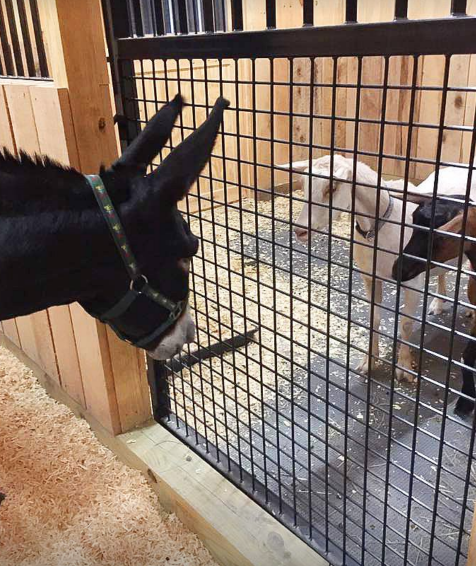 Goats, sheep, and cows can all be housed in their own specific herds or flocks together in a large open space suitable for their number and size. A large open structure sited so animals can enter from one direction and leave from another is ideal, as it offers a pass through for farm equipment for clean-up when the animals are at pasture.
Goats, sheep, and cows can all be housed in their own specific herds or flocks together in a large open space suitable for their number and size. A large open structure sited so animals can enter from one direction and leave from another is ideal, as it offers a pass through for farm equipment for clean-up when the animals are at pasture.
Another advantage of a large open structure is that the interior can easily be divided to separate breeding from non-breeding stock, males and females, gestating or birthing mothers from other stock. Gates and other dividers can provide a portable option allowing seasonal adaptations to the barn for different uses.
Don’t forget to consider height when designing the barn. While these livestock types are not tall, the doors and ceilings including any hanging lighting need to be high enough and wide enough to facilitate the use of a tractor.
Airy, tall structures also offer the best passive ventilation, and loft space for hay storage may also be an option.
Donkeys, Mules and Horses
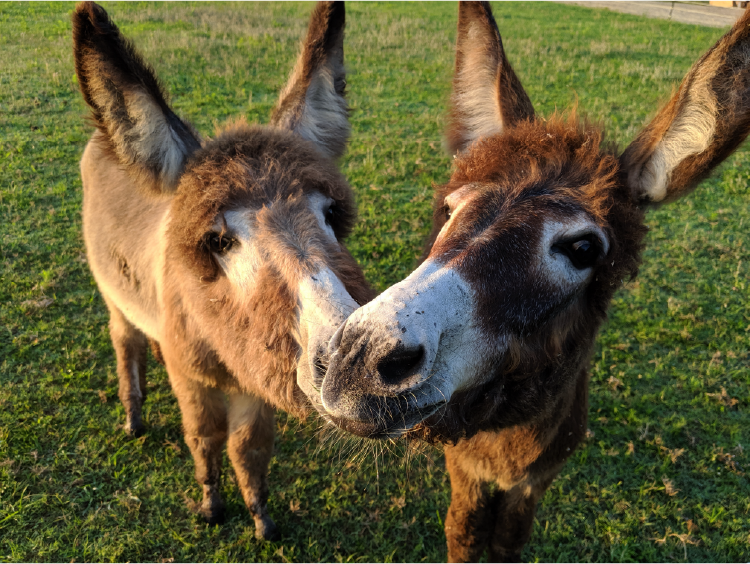 A homestead may use members of Equus as working members of the team. Their jobs may include working cows kept for beef production, walking fence lines for repairs, pulling a plow or wagon, keeping company with other livestock for protection (donkeys are great for this), offer companionship for other animals, or just be family pets that are part of the menagerie. Whatever their job their housing needs will include some form of shelter from the elements in a structural permanent form, versus just shade under a tree line.
A homestead may use members of Equus as working members of the team. Their jobs may include working cows kept for beef production, walking fence lines for repairs, pulling a plow or wagon, keeping company with other livestock for protection (donkeys are great for this), offer companionship for other animals, or just be family pets that are part of the menagerie. Whatever their job their housing needs will include some form of shelter from the elements in a structural permanent form, versus just shade under a tree line.
The cheapest shelter option is the humble run-in shed. The shed may be moveable if it is built with tow hooks at its corners, or stationery and carefully located to optimize protection from prevailing winds, snowstorms etc.
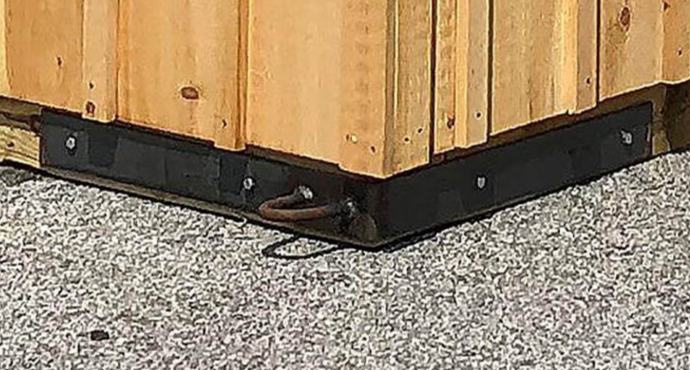
When choosing a run-in shed opt to go wider rather than deeper in design if the building is to accommodate more than one equine. This will help avoid one animal that is lower in the herd pecking order becoming trapped in the back of the structure by another and being bullied.
Multiple run-in sheds are a good solution to larger pastures and for larger herds, where animals can choose their preferred location and companionship.
Modular and prefabricated horse barns have become very popular over the last decade. Their almost ‘instant’ set up ready to go, the known design and ultimate craftsmanship of the structure and most importantly the ‘to the penny’ quote with no hidden surprises on price are some of many reasons for their good reputation.
If on the hunt for a horse barn seek a construction company that offers a large choice of styles and designs with full customization options for multi-use that may work well for homestead lifestyle where horses can share the building with other animals.
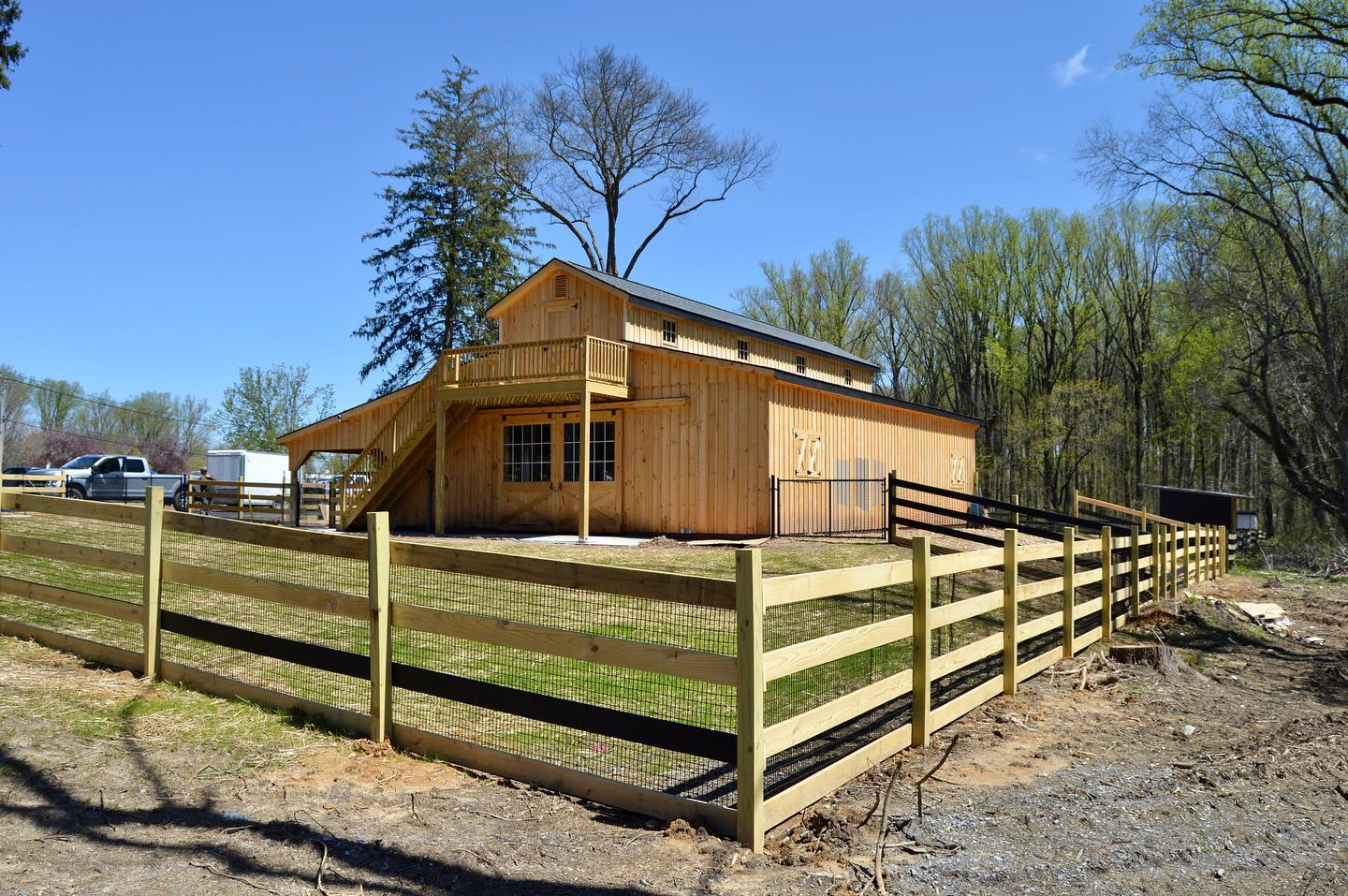
Horse barn styles range from the traditional Monitor Barns, to low- and high-profile center aisle with or without lofts, shed rows and timber frame structures that offer tenon and mortise joinery, still the strongest known joinery method in carpentry.
The addition of other structures to your homestead over time, may be needed as you develop your operation, but sometimes the homestead needs to be ready to go on different fronts all at one time. Horizon Structures is a nationwide company that leads the industry in modular horse barn production, and additionally also offers greenhouses, playsets, chicken coops, dog kennels and outdoor living structures. A true one stop shop! If you have the budget and need to expand your property with multiple buildings at the same time, don’t be shy to ask for a multiple purchase discount and financing options.
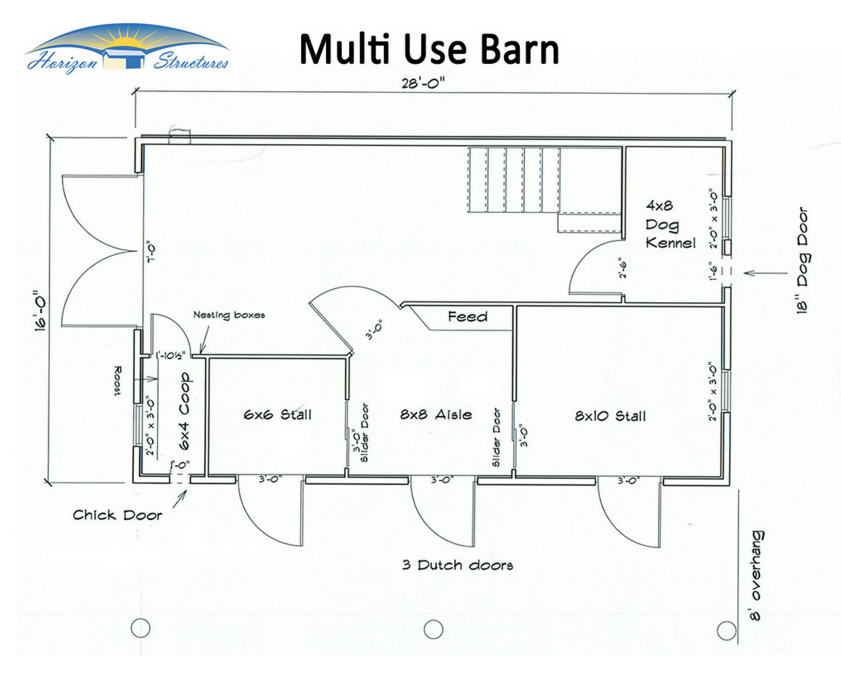
A note on the use of Dutch doors: If housing horses, donkeys and/or mules or miniature petting Equus like miniature horses or ponies, consider adding two door options to the top part of the door rather than one. This way the doors offer safe heights for whichever animal is using the space and will mitigate the likelihood of an excited horse jumping over a low door or a donkey being unable to enjoy a view of the outside world when stabled.
Chickens, Ducks, Geese and Turkeys
The use of a coop with or without an attached covered run can make egg collection easy (not needing to go inside the coop to collect from nesting boxes), as well as keeping birds secure from predation in addition to offering shelter from the weather elements.
Our feathered friends can be great producers of eggs and a meat source, their known provenance making them or their products an attractive dining delight whether as eggs in an omelet or as a roast feast.
There are mobile options for keeping chickens and turkeys such as tractor pulls, that offer the distribution of manure around the property while offering some security from predation for the birds. And fenced areas or free range both have their pros and cons.
Do your research before determining which style of housing you will buy or build. Modern day materials such as low maintenance siding, special easy-clean up treatment of floors and good interior design can all make the daily chores easier to complete and minimize labor costs and time on maintenance down the road.
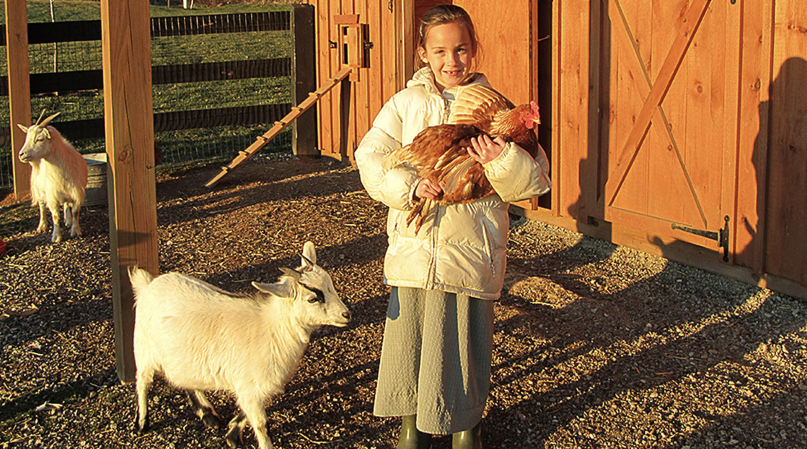
Dogs and Dilemmas
Working dogs such as sheep and cattle dogs, hunting and gun dogs, can all bring much help to the homesteading lifestyle. Keeping these canines comfortable and out of mischief when they are not working can be difficult. Their high energy and natural tendencies to round up quarry can backfire if they are left free to roam outside or alone in the house. Plus, a good working dog is of significant value, and no one wants to lose a dog to its adventurous nature or coyote cleverness luring it away from the homestead.
A kennel can solve the dilemma of housing for the dogs on the homestead, either utilized full-time or part of the day when work is being done on the farm that doesn’t require their presence.
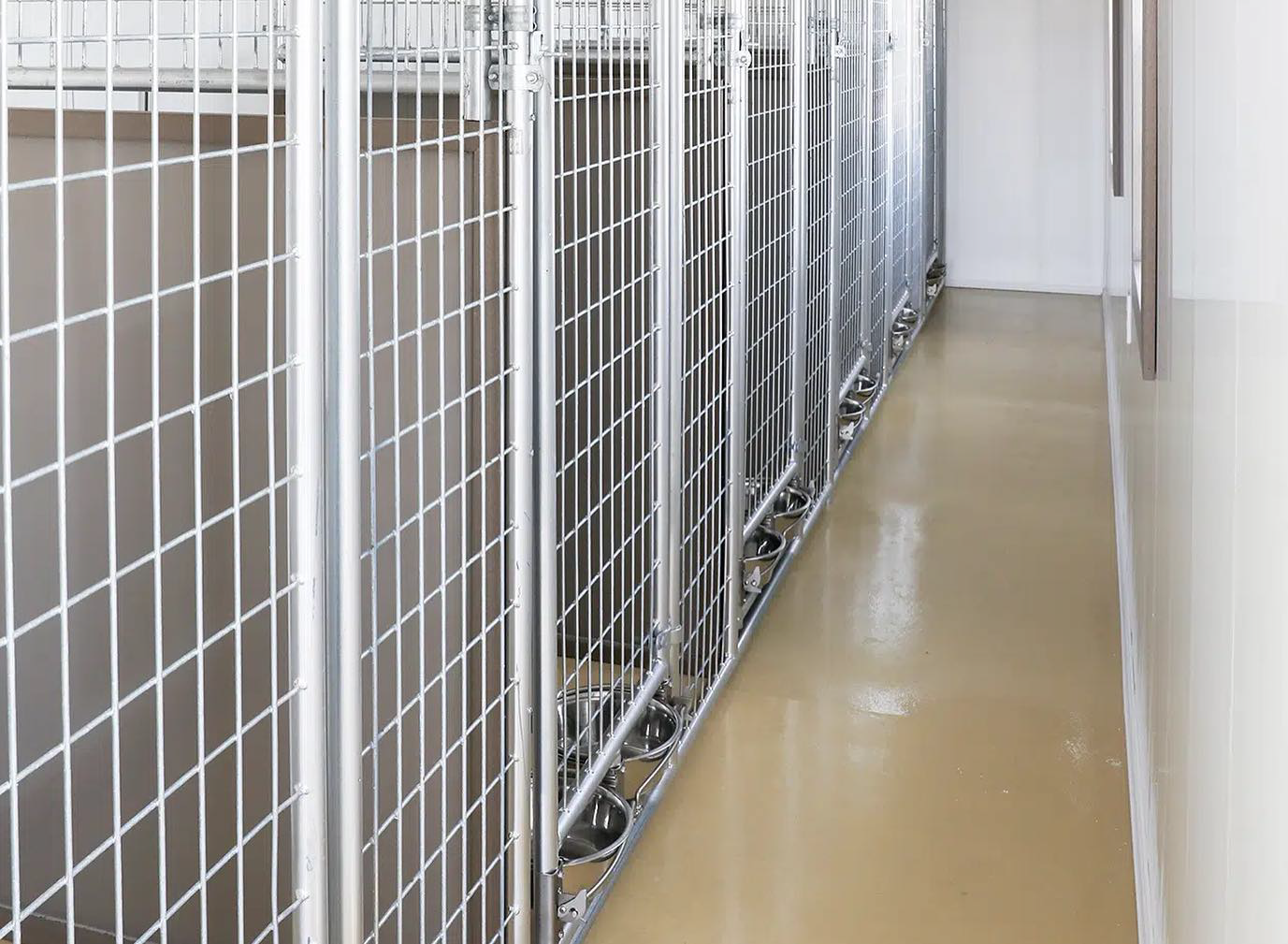
The old days of dark concrete boxes and hard to clean surfaces are long gone thank goodness. Explore the benefits of ownership of a properly constructed, well-designed kennel that can be the dogs’ home from home. You’ll be amazed at how beautiful these structures are and how their form, fit and function has developed. If you are entertaining breeding dogs for sale, whelping boxes and radiant heat can be added. If you need extra secure fencing and runs that the dogs can access 24/7, wire mesh can be upgraded to a lower gauge and welded for extra security and runs can be covered spaces for all weather use with low maintenance deck flooring.
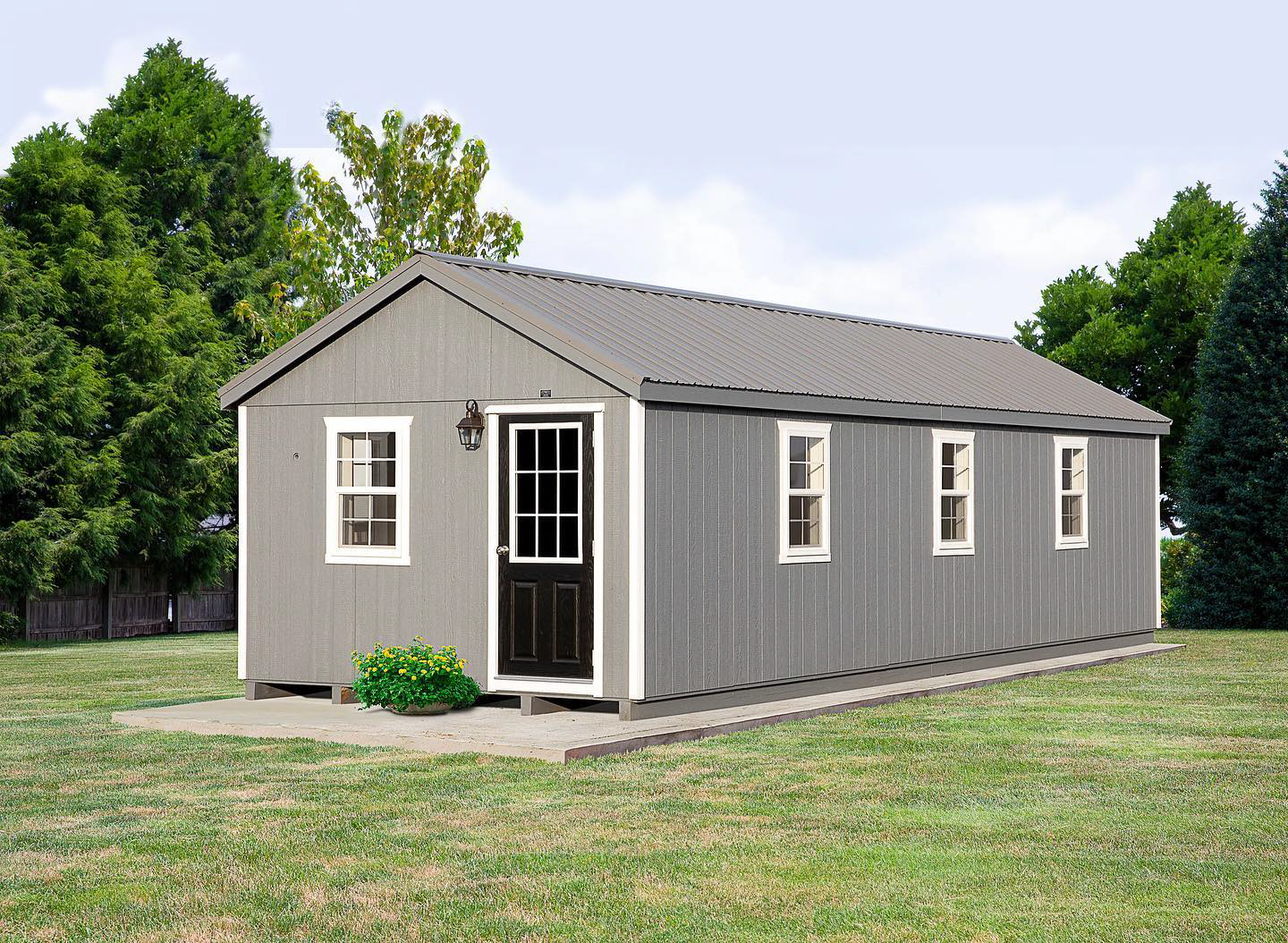
Don’t Forget The Greenhouse
Anyone that has ever produced fruit, herbs and vegetables from a garden knows that Mother Nature doesn’t always cooperate when it comes to the optimal plant growth environment. Between seasonal temperature and humidity variances, harsh weather events and pesky bugs and diseases the protection of the crop and its yield can easily be adversely affected by her vagaries.
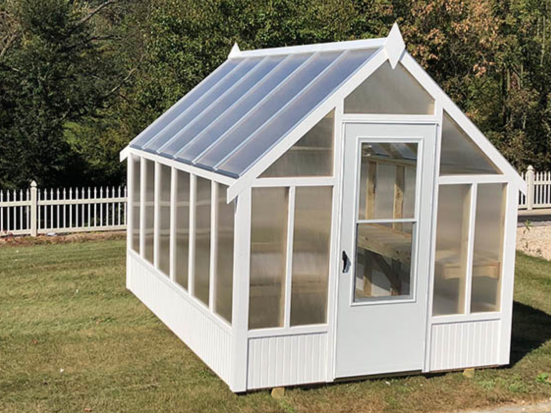
The benefits of a greenhouse are significant and well worth learning about and considering as part of the homestead project.


